
For information on the ASLEE project, click to see the ASLEE video 2017


For information on the ASLEE project, click to see the ASLEE video 2017

ASLEE reached another major milestone in production of microalgae. Algal cultivation work began in June 2016 using 1L PBRs and has now progressed to production in a 600L Pandora PBR. This huge leap has allowed Xanthella to begin investigating mass cultivation of microalgae. The novel, internally illuminated Pandora photobioreactor (PBR) which has been designed, developed and built by Xanthella, contains a series of submersible and completely bespoke light emitting diode (LED) light sheets. The highly controlled and short light path properties of the submerged light sheets make the Pandora PBR a world leader. Furthermore, it is possible to have a range of specific wavelength LEDs in the light sheets to suit different applications and growth requirements.
Power load to the LED lighting can be automatically and rapidly adjusted using the specially designed Zeus Control System and innovative VCharge software. The integrated controls allow the power to be turned off and on or up and down almost instantaneously in response to changes in grid frequency. The next steps are to examine the growth and productivity of the algae in the large volume Pandora PBR and assess how the light sheets function as a transactive load for grid balancing.
The unique combination of microalgal manufacturing with intermittent light from locally produced renewable electricity is the highly innovative aspect of the ASLEE project. Determining how these elements come together at scale will be the focus of the next few months.

ALIenergy has permission for an 850kW electrical grid connection at Moleigh, the waste disposal and recycling site near Oban. Although originally conceptualised as a site for a wind turbine, wind data was not favourable and work did not go ahead. Now, the potential for local electricity generation at the site is being reconsidered. In order to better understand the possibilities a feasibility study of the site is required. ALIenergy is delighted to announce that funding from the Scottish Government’s CARES Infrastructure and Innovation Fund has been awarded to enable them to begin the assessment. The feasibility study (Local Energy Oban – LEO) will assess the best options and examine a full range of sustainable energy generation technologies.
As current emphasis for energy generation is on a “whole system view” as defined in the Scottish Government’s draft Energy Strategy, the proposed study will also investigate the incorporation of on-site energy use, storage, demand-side and active network management. The local energy use model of on-site photobioreactors developed within the ASLEE project could be an excellent possibility for the site, enabling the barriers to local energy generation to be overcome and providing an integrated model with multiple income streams.
Ultimately ALIenergy aims to deliver heat and/or electricity to local energy consumers and link to existing local energy demand – both on-site and nearby e.g. an electric vehicle charge point in Oban town centre. As a not-for-profit, community based organisation ALIenergy is proposing to develop the site to be income generating, innovative, collaborative and create maximum local benefit. To read about other projects and work that ALIenergy is involved in go to www.alienergy.org.uk
For information on Local Energy Scotland and CARES Infrastructure and Innovation Fund, click here
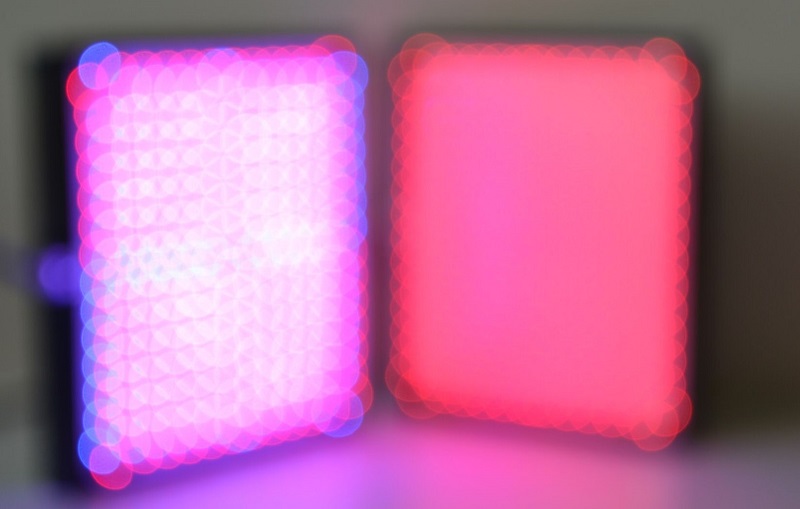
Ancillary services are becoming increasingly important in management of the supply and demand of electricity within the national grid. The increasing amount of low carbon electricity generation means the national grid has to adapt and find new, smart ways to help maintain the balance and ensure the energy system is fit for the future. This means adopting a more flexible approach and including a greater variety of technologies and services, such as smart meters, electric vehicles, demand side response and energy storage.
A recent document by Department for Business, Energy and Industrial Strategy (BEIS) and Ofgem outlines the action plan for upgrading the energy system in the UK.
The ASLEE project is developing a model that offers an innovative alternative to demand side management and grid balancing. Using renewable energy at excess times to power submerged LED light sheets in a manufacturing process to grow algae, the resulting dynamic production system can act as a transactive load capable of rapid response to grid frequency changes. The high degree of automation within the photobioreactors, provided by the sophisticated lighting control system makes the PBRs ideally suited for participation in the transition to a more flexible energy network.
In the ASLEE model the reactive capability of the PBRs to respond to intermittent renewable power generation is combined with the production of microalgae, providing additional income streams, creating a truly innovative solution for the changing energy system.
For full government action plan document – click here

The ASLEE project is using algal bio-production to rethink the rural economy and establish a new industry that simultaneously strengthens the circular economy. By enabling better use of stranded resources and distillery coproducts as well as using surplus renewable electricity in otherwise grid constrained fragile areas the manufacturing process creates added value services and products.
Remote, rural areas like the Highlands and Islands of Scotland, often have huge untapped renewable sources of electricity but the National Grid was never designed to transmit large amounts of power from diffuse sources located in remote areas. New renewable projects have either to pay for the local grid to be strengthened or face lengthy delays waiting for the District Network Operator (DNO) to upgrade the local grid. Grid weakness also means that existing renewable capacity is often constrained off, reducing income. In Orkney alone, it is estimated that local communities are losing around £2M annually due to problems of grid constraint. Algae have been shown to be tolerant of light intermittency, which means that algal production can provide a base demand justifying additional renewable generation while the submersible LED light sheets developed for the photobioreactor (PBR) system act as a transactive load for grid balancing. Electricity can be used at the most productive times, lowering the costs of algal production whilst also ensuring that electricity generation is maximised in constrained areas, preventing waste of capital resources such as wind turbines.
The Pandora PBRs developed in the ASLEE project can be assembled in modular arrays, which are adaptable and can be scaled to make effective and efficient use of local resources. Furthermore, a leasing model for the innovative algal production system is proposed allowing for software and hardware support, rework and repair, ease of equipment management for the user and ensuring correct end of life re-use and recycling of materials.
Algal production can also reuse distillery co-products and directly incorporate the available CO2 at the manufacture site, thereby reducing waste and increasing carbon savings for other indigenous industries. The algae produced gives added value as it has many applications including: aquaculture hatchery feed; an additive in fish feeds; nutraceuticals; toxin standards; pigments and biofuels. The whole dynamic system can potentially provide new employment, income from the algal biomass sales, ancillary services to the electricity grid, a facility for contract research and increased carbon savings for other local enterprises.
Thus, using locally available renewable resources in this algal bioindustry results in “mutual benefits, multiple income streams and a positive cycle”- (The Circular Economy – A Wealth of Flows, Ken Webster, 2nd Edition, 2017).
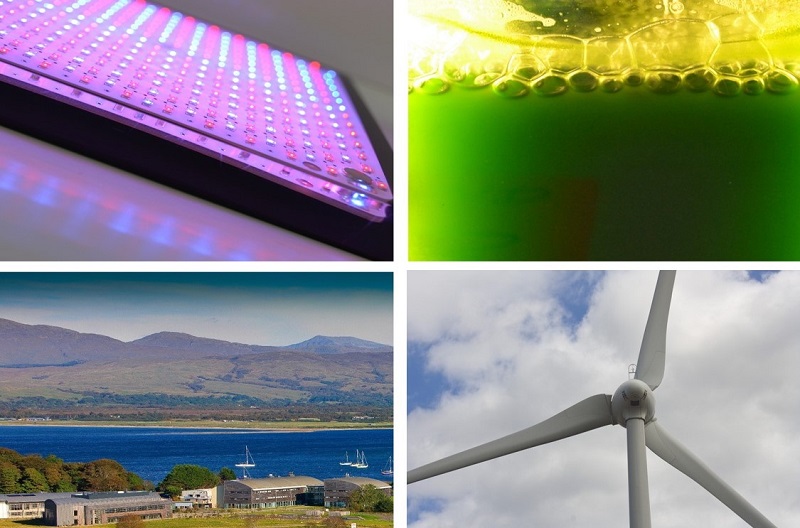
As part of the ASLEE project we have been shortlisted for “The Engineer: Collaborate to Innovate” competition under the category of Energy, Efficiency and Sustainability. This competition celebrates “the very best in UK collaborations and innovations in engineering“ and aims at finding and sharing truly innovative collaborations.
The ASLEE project is a two year project and we have finalised a very successful first year by achieving excellent results in the use of intermittency patters in algal cultivation as well as technical innovation. 1000 L photobioreactors have been designed and manufactured and are currently under production and testing phase. The use of algae as a transactive load to balance the grid has therefore achieved its proof of concept and with the start of the second year, the project team is building the UK’s largest photobioreactor array which will be located on the Ardnamurchan estate and will test the concept at an industrial scale.
It is definitely a very exciting time for the ASLEE team and we are looking forward to the award ceremony in this coming September and keeping up the good work!
You can have a look at the other shortlist candidates here. (http://conferences.theengineer.co.uk/collaborate-to-innovate-2017/shortlists).
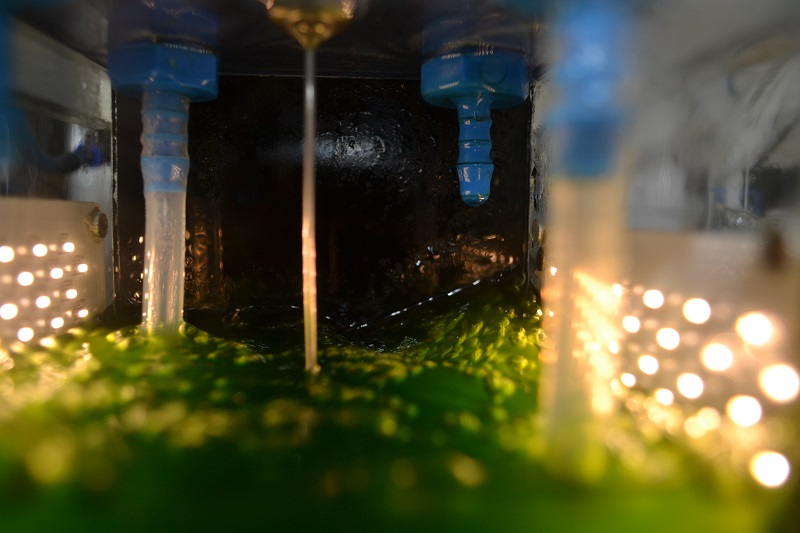
The prototype Pandora photobioreactor has been constructed by Xanthella. Completion of the PBR required design and development of bespoke components and specialised engineering. The prototype Pandora has a working volume of 600l (whereas the full-scale Pandora PBRs will have a working volume of 850l). The LED illumination is class leading and can be configured for different lighting regimes in terms of wavelengths, intensity and light periods. All of which are controlled by the Zeus II control system which also controls the temperature and pH. The development has provided accurate production costs which can be used for business modelling of the algal biomanufacturing process.

Preparation work at the FAI Ardtoe aquaculture facility has been completed in readiness for the installation of the new Pandora photobioreactors (PBRs) planned for August 2017. More than 60 m2 of working space has been created to accommodate the four 850l PBRs that form part of the pilot scale phase of the ASLEE project. The PBR room has been equipped with both a seawater and freshwater supply, along with new electric system and drainage channel. Wide roll doors on the room have been fitted for ease of entry with the Pandora PBRs and access to spacious exterior area is available to allow for PBR cleaning and maintenance. Once installed the PBR array will be used to assess the scaled-up production of marine microalgae using intermittent power conditions.
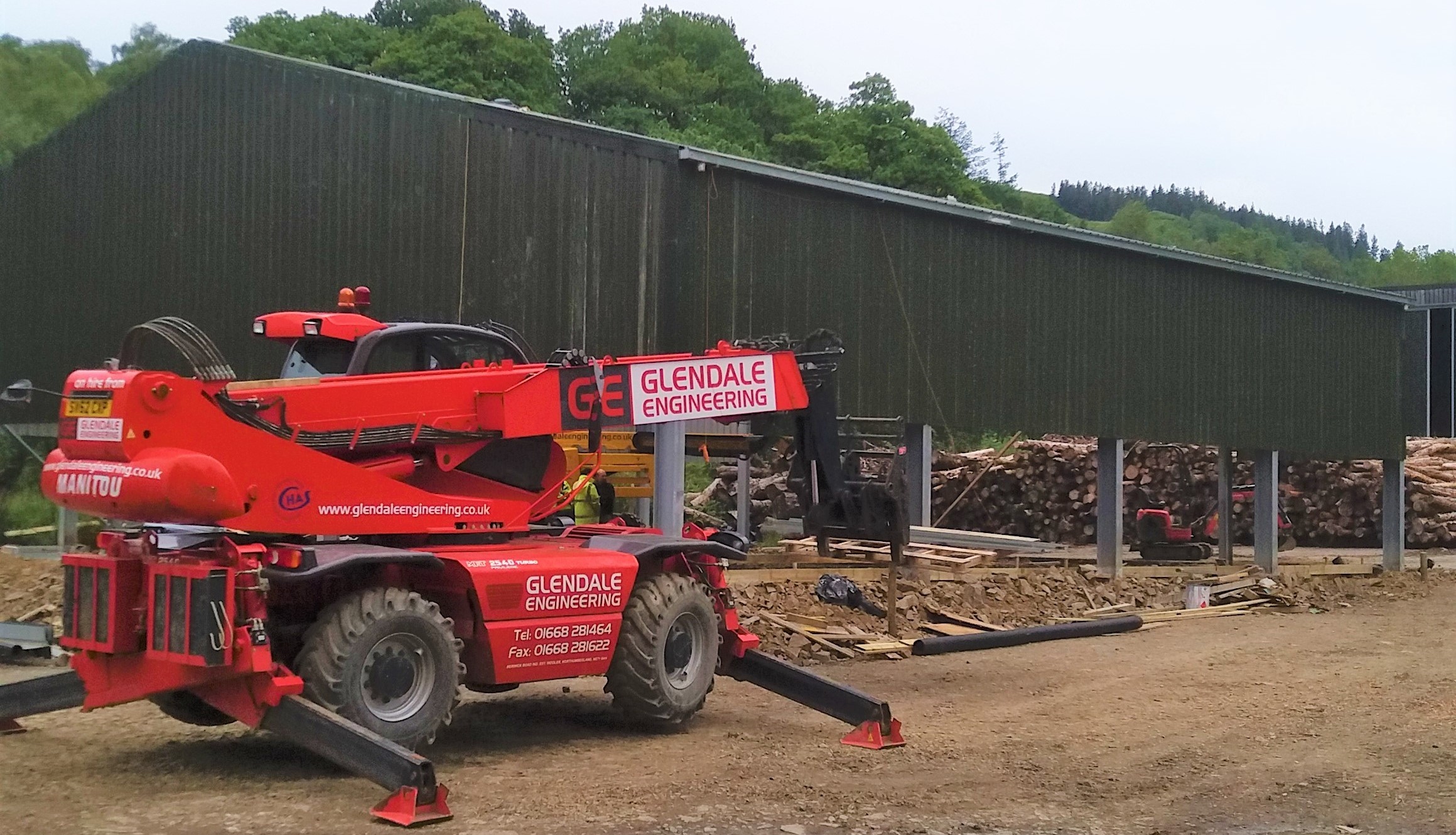
A new site facility to house the pilot scale Pandora photobioreactor array is almost complete on the Ardnamurchan Estate. The new “shed” structure and roof are in place and the floor is to be laid shortly. The proposal is to install an array of 32 Pandora PBRs, being developed by project partner Xanthella Ltd , over the next 6 – 8 months. The algal growth system will then be used to assess scaled – up production of freshwater microalgae using renewable electricity generated on site.
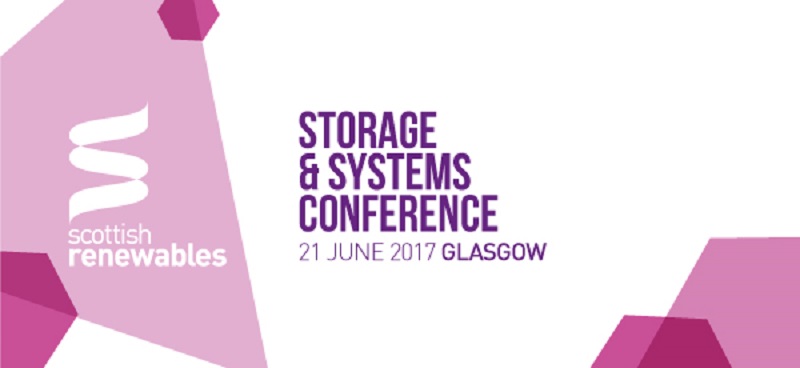
We are very pleased to be invited to speak at the Scottish Renewables ‘Storage and Systems’ Conference on June 21st at Glasgow Caledonian University, Cowcaddens Road, Glasgow, G4 0BA. The conference will consider the impacts and opportunities arising from the transition to a “smart, flexible energy system“, and how energy systems and storage can contribute. Click here for full details.
Join us to hear the latest ASLEE project developments in session4 – Technology and Project Speed Update. The session examines key technology and projects across Scotland and will feature some of the industry’s leading lights and discuss the latest developments.
Chair: Stephen-Mark Williams, Director, Energy Technology Partnership
Speakers:
Click here to view full conference programme. Join us on twitter @ASLEEproject16 @ScotRenew @ALIenergy13
Copyright © 2024 Algal Solutions For Local Energy Economy (ASLEE).
Designed & Hosted by Clearbox